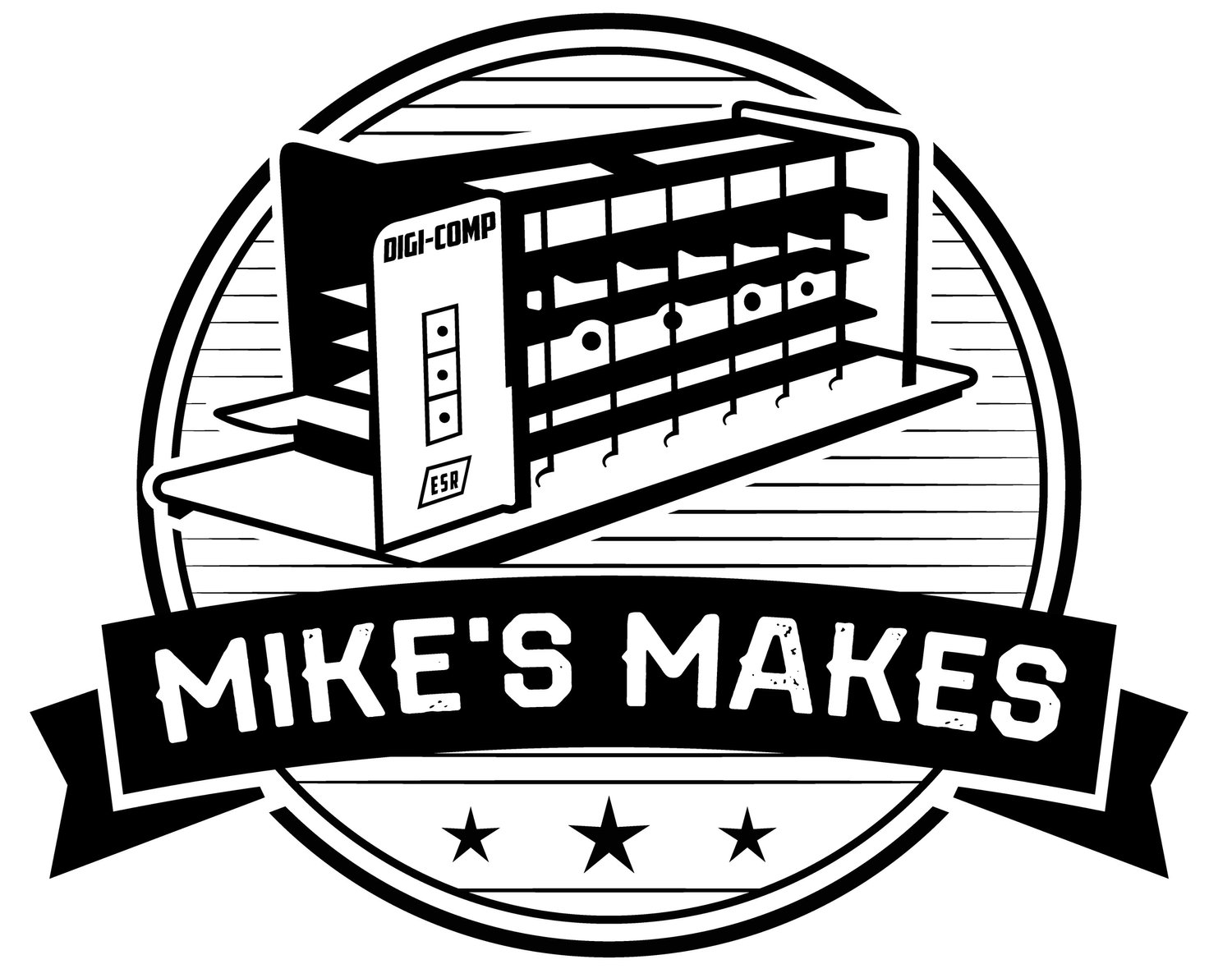The Amazing Dr. Nim
On the left is my 2:3 scale The Amazing Dr. Nim reproduction, and on the right an original I was able to obtain after my reproduction was completed.
Manufactured By: E.S.R., Inc.
Designed By: John Thomas Godfrey
Release Date: 1966
The Amazing Dr. Nim is a marble-powered plastic computer capable of playing the game of Nim. The machine selects its moves through the action of the marbles falling through the levers of the machine.
The "game board" is a based on the mechanical Digi-Comp II digital computer (also a Godfrey creation). It has memory switches that hold bits of data. The unit is programmed by lobed levers that affect and are affected by marbles that are released from the top of the game. Three of the levers set the start position. The fourth lever is the 'equalizer' option; if set, the player can win if they play perfectly. The last lever is used to indicate who's turn it is, the human or Dr. Nim's.
The Amazing Dr. Nim was the next on my E.S.R. list to make. I did not in fact own an original Dr. Nim when I created this model. The model was developed from pictures obtained online, and from pictures and information graciously provided by Dr. Nim owners. Thank you so much Jaap Scherphuis and Charles E. Leiserson!
I didn’t think that Tinkercad would be a good choice for recreating a Dr. Nim. Because I was still learning about 3D printing in general I was watching a lot of instructional YouTube videos where Fusion 360 seemed to be the tool of choice for modelling parts to print. Seeing as it is free for non-commercial use I decided to give it a try.
A Dr. Nim photo that can be loaded into Fusion 360 as a “canvas”. With the ruler in place it is easy to calibrate the image size.
Creating my Dr. Nim reproduction and learning Fusion 360 happened in tandem. I had decided to create a 2/3 scaled model so that it would fit onto the bed of my 3D printer. A key discovery made during this process was the “Canvas” feature of Fusion 360. This allows you to import a photo of an object to be modelled as a background to the sketch area, and to precisely define that object’s size with Fusion 360. With that calibrated image in place, it’s a fairly simple matter to “trace” the features of the object using Fusion 360 sketching tools (lines, curves, etc.). I have used this feature in virtually all of the subsequent reproductions that I have done.
As with all of my reproductions, build files and instructions for making a Dr. Nim of your own have been posted to both Instructables and Thingiverse. In one sense Dr. Nim has been one of my most successful reproductions based on the number of people that have used those instruction to make one of their own. This is very gratifying.





